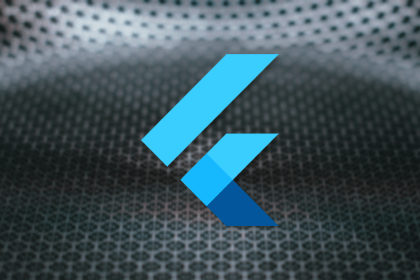
Discover various ways to handle async operations in parallel in Node.js using callbacks, promises, and third-party libraries.

This overview covers the latest major CSS features to make it to browsers in 2021 and includes clear use cases for them.

Amplify and AWS integrations easily communicate with the backend for video on demand services, allowing you to scaffold projects with minimal cost and effort.

Compare newer frontend JavaScript frameworks like Aurelia, hyperHTML, Svelte, and Preact to React, a framework that focuses on user interface.

Illustrating programming concepts in a VPE provides valuable solutions for multimedia creation, business intelligence, and even video game development.

Build a real-time app with Django Channels, a feature that facilitates support in WebSockets and allows an open connection between client and server.

Laravel Livewire’s full stack-framework connects the backend and frontend by allowing real-time interactivity with minimal JavaScript.

The new Flutter buttons can save you a ton of time so you can focus on developing your app rather than spend time finding fixes.

Learn how bitcoin transactions work and how to send bitcoin to anyone from your wallet using JavaScript.

Dexie.js is a minimalistic wrapper for the IndexedDB API to handle offline data storage in our web applications.

V, aka “Vlang,” has a more readable and simpler syntax than many other frameworks, making it clean and easy to use.

Create a React Native project and use Expo SecureStore to store local data in iOS and Android that’s encrypted and secure.